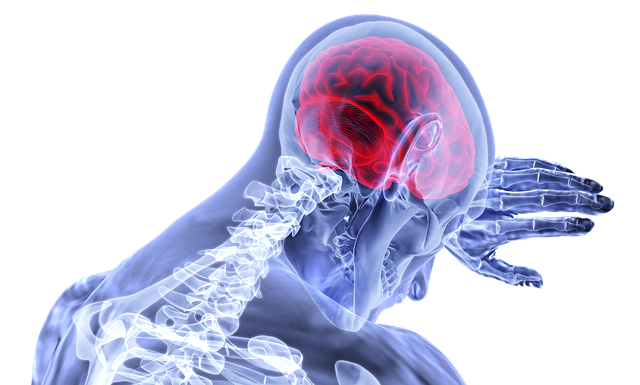How to Keep the Lid on a Headache
Posted on 5th July 2020 at 20:58
If you are one of the 47% of the global population who experiences regular headaches, you will know they are no laughing matter. For some people, they are just a minor inconvenience, for others they can be utterly debilitating, condemning you to a dark, quiet room for hours, and sometimes even days.
The trouble is that successfully diagnosing a headache gets complicated, because more than 130 distinct disorders have been identified along with over 300 triggers, which makes a headache almost as unique as an individual.
You can also simultaneously suffer one, two, or more types of headache or a migraine at the same time, where one may cause another, or overlap with each other. These are known as mixed or multi-source headaches and can take longer to resolve as your therapist works through treating the different causes. For example, a dysfunctional painful neck can cause an increase in surrounding muscle spasm, which will increase your blood pressure. In this scenario, you could have a cervicogenic (neck) headache, with a tension headache and a resultant migraine!
The most commonly diagnosed headaches are:
Migraines (12%)
Tension headache (75%)
Cervicogenic headache (originating from the neck) (18%)
Sinus headaches

If you only suffer from the occasional headache, this is often caused by lifestyle factors such as:
Dehydration
Stress
Alcohol
Caffeine
Some foods
Skipped meals
Lack of sleep
Posture
Muscular tension
Medications
High blood pressure
Infection
Hormonal influences

However, if you suffer from headaches more regularly, there is some good news, because two of the most common headaches, tension-type headaches and cervicogenic headaches (which originate from musculoskeletal issues in and around the neck) can be significantly improved, and even cured by physiotherapy, both in the short term, as well as the long term.
There is a robust body of research, as well as clinical evidence, showing that physiotherapy is an extremely effective treatment for certain types of headache.
Manual, hands-on therapy manipulating or mobilising your neck can be hugely beneficial in eliminating your headache; or at least reducing the intensity and duration of the headache.
Soft tissue work including trigger point therapy and massage, can be effective in relieving spasm in the head and neck muscles which may contribute to your headache. Massage has also been shown to help people cope better during headache episodes, reducing associated stress and anxiety.
Acupuncture could help with neck or cervicogenic headaches, and sinus headaches.
In addition, poor posture and repetitive movements in your daily life, have also been shown to increase the risk of experiencing headaches as they can cause muscle imbalances, muscle weakness and strain the ligaments and soft tissues in the joints of your neck. In these cases, corrective exercises to strengthen weak muscles and stretch tight muscles can be extremely effective.

We have some more downloadable resources and advice sheets on each specific headache type at the following link https://bit.ly/31N2EAA If you would like to understand more about how we can help in the treatment and prevention of headaches, please don’t hesitate to contact us directly.
Share this post:




